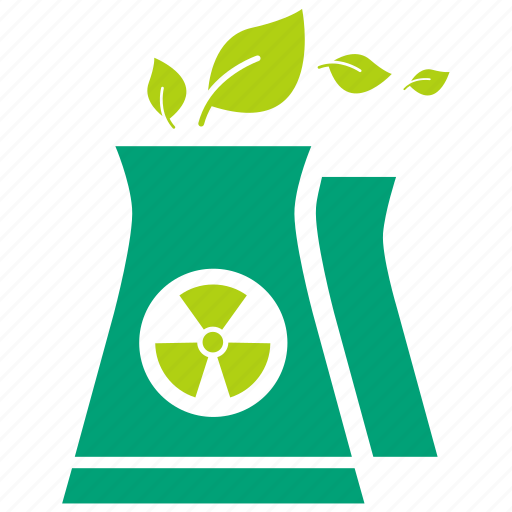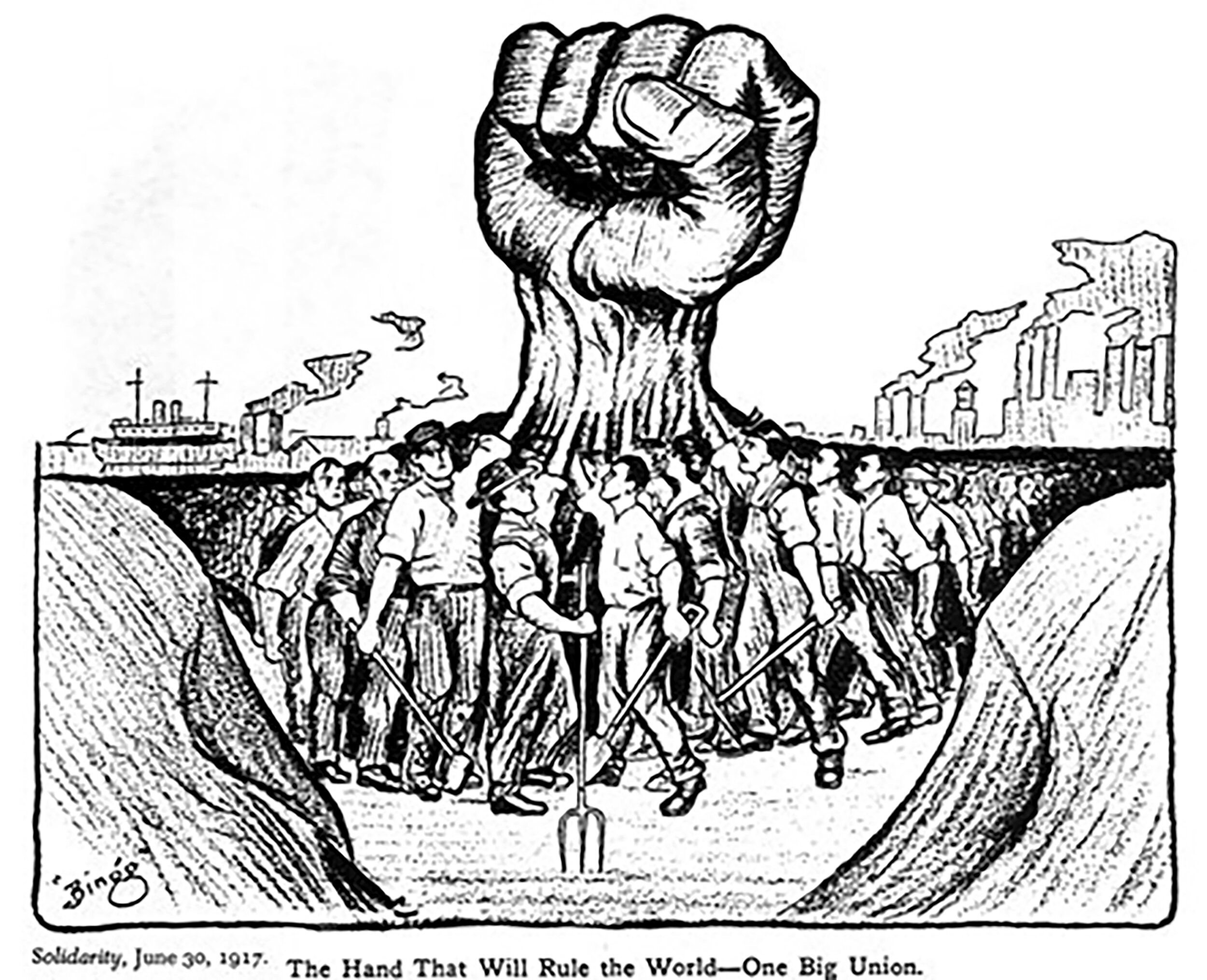- 510 Posts
- 18 Comments

 1·11 个月前
1·11 个月前Correct. In this case it’s just shipping the component parts. I guess @KnitWit@lemmy.world was talking about PWR reactors that power these ships, much like the NS Sevmorput.

 1·11 个月前
1·11 个月前I think they might be referring to cargo like ammonia. What if we have a Beirut incident with a ship with a nuclear reactor? Something to plan ahead for sure.

 2·11 个月前
2·11 个月前Yucca mountain is a political problem, not a technical one. But sure, if you want examples of good practice, I refer to COVRA in the Netherlands, where I had a tour a few months ago. Very interesting facility. If you want a deep geological repository, there is Onkalo in Finland. I’m not a fan of dedicated DGRs, but since it’s around, we might as well use it I guess.
In my view, should you care, we’re not going to put away the spent fuel at all in these DGRs, but recycle them in until we used all of the fuel. At this point there actual waste, should we no longer be able to recycle this, is around 1% of the current ‘waste’ in volume and consists solely of short lived isotopes remaining radioactive for around 300 years. If you want to bury that, sure, I guess.
But please, now you tell us more about how fantastic the waste management is of the arsenic mining tailings in China, which are a result of digging for rare Earths to make solar panels. I look forward to it!

 2·11 个月前
2·11 个月前That’s a nice analogy! Don’t mind me if I use it in the future 👍

 2·11 个月前
2·11 个月前Before we can advance the use of solar panel use, the question of waste must be answered. Humans and corporations aren’t known for their responsibility.
See the double standard? No? I guess not.
Of any industry, the civilian nuclear industry has been exemplary in dealing with their waste streams, in contrast to all other energy industries. A waste stream that’s actually highly recyclable and becomes no longer dangerous (unless you eat it) after just 300 years.
Nuclear waste is not an actually existing problem, and anyone raising it is employing a delaying tactic for our society moving away from fossil fuels actually killing our planet.

 1·11 个月前
1·11 个月前Nog update hierover? Outages gebeuren niet vaak, maar we waren ruim een uur (wat ik gemerkt heb) offline. Een mastodon account met status updates zou fijn zijn 🙂

 11·1 年前
11·1 年前Yes, vastly better. You just learned about SL-1 or something?

 1·1 年前
1·1 年前Public ownership would be a great idea, but it would still incur costs in the immediate sense. Things have to be updated and maintained.
“The blasting had been planned for 5.30pm but was delayed after a 36-year-old pro-nuclear protester scaled an electricity pylon near the towers in protest at their demolition.”
Andreas Fichtner is now facing a legal battle for this protest. If you want to help out, please consider a donation.

 2·1 年前
2·1 年前Forbidden licorice.

 3·1 年前
3·1 年前Great overview, but I have two notes:
- A mention is made of the proliferation risks due to purified plutonium. But no mention is made of the difference between weaponsgrade Pu-239 and useless Pu-240. Pu-240 has the annoying characteristic that it can ‘spontaneously’ fission, which of course for is highly undesirable in warheads. These are mixed up and hard to separate. This simple fact makes proliferation risks at best a theoretical scenario.
- Vitrification of the fission products is explained well, but is still accompanied with the obligatory “hundreds of thousands of years” comment. This is incorrect. After 300 years, these fission products are no longer radiotoxic.

 2·1 年前
2·1 年前Several countries, and I guess Italy is among them, have decommissioning regulation where the old unit first has to ‘cool off’ for a few decades before the building can be torn down.
So, to answer of whether it is this or that, I answer: yes.

 11·1 年前
11·1 年前Did not expect this to go to any other company but a Russian one tbh.

 2·1 年前
2·1 年前Really impressive that their design can be transported as a 200 MWe module. That truly brings the SMR promise closer!

 1·1 年前
1·1 年前Well, he knows about this community now! 🙂

So, you’re then saying that nuclear is somehow more threatening to our future than fossil energy is? Wow. Thanks for being clear where you stand I guess.
Just for the record: fossil fuels not only change our planet’s climate, it also kills millions of people each year due to air pollution.
Als Limburger is dit echt extreem herkenbaar.





















Ik weet niet of het per sé EPR’s worden hoor. De kans acht ik eigenlijk vrij klein. Maar wie ben ik. Zelfs daarbuiten is het nuttig om samen te werken op supply lines en zo. Polen is ook nieuw voor wat betreft een nucleaire toezichthouder.